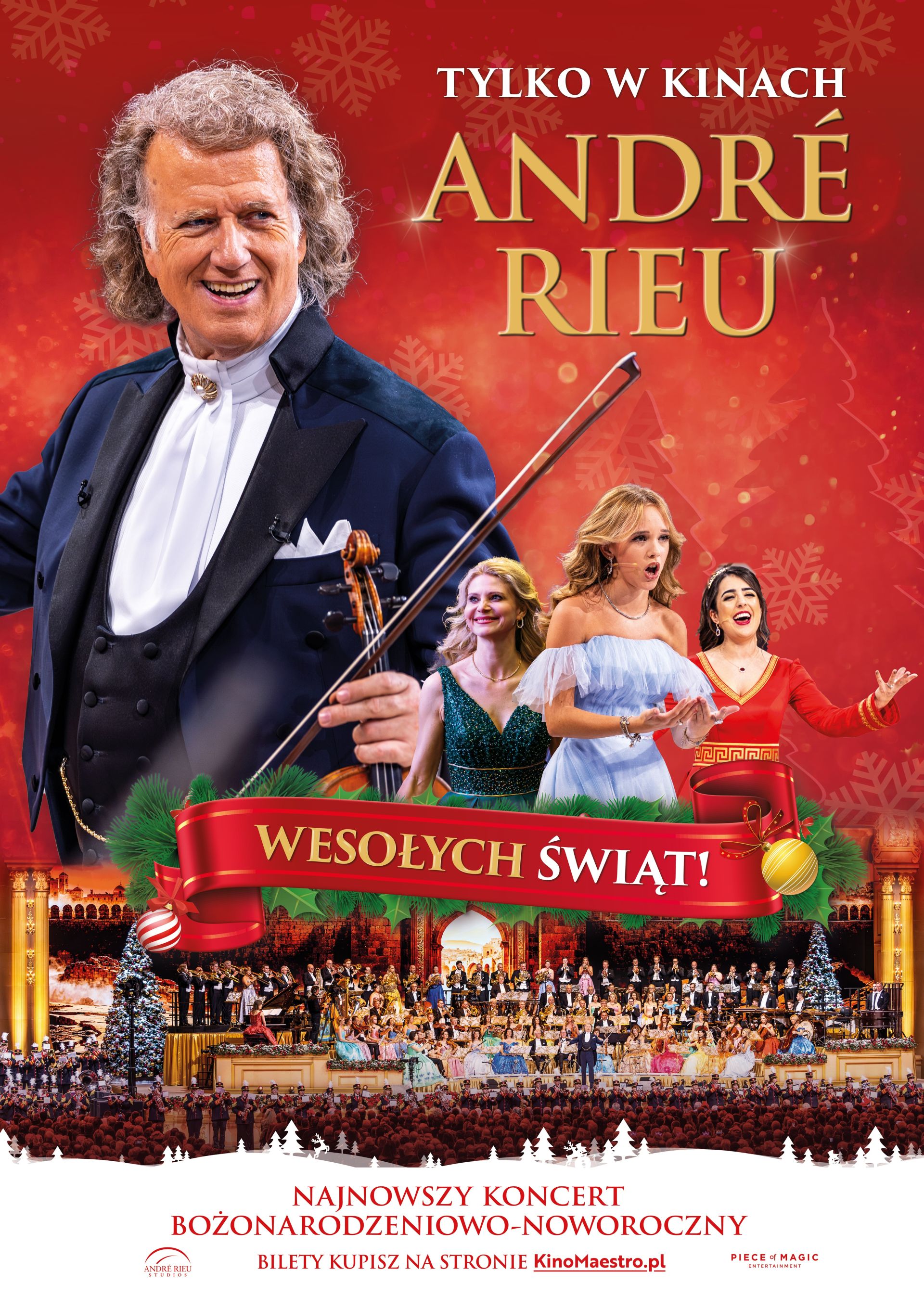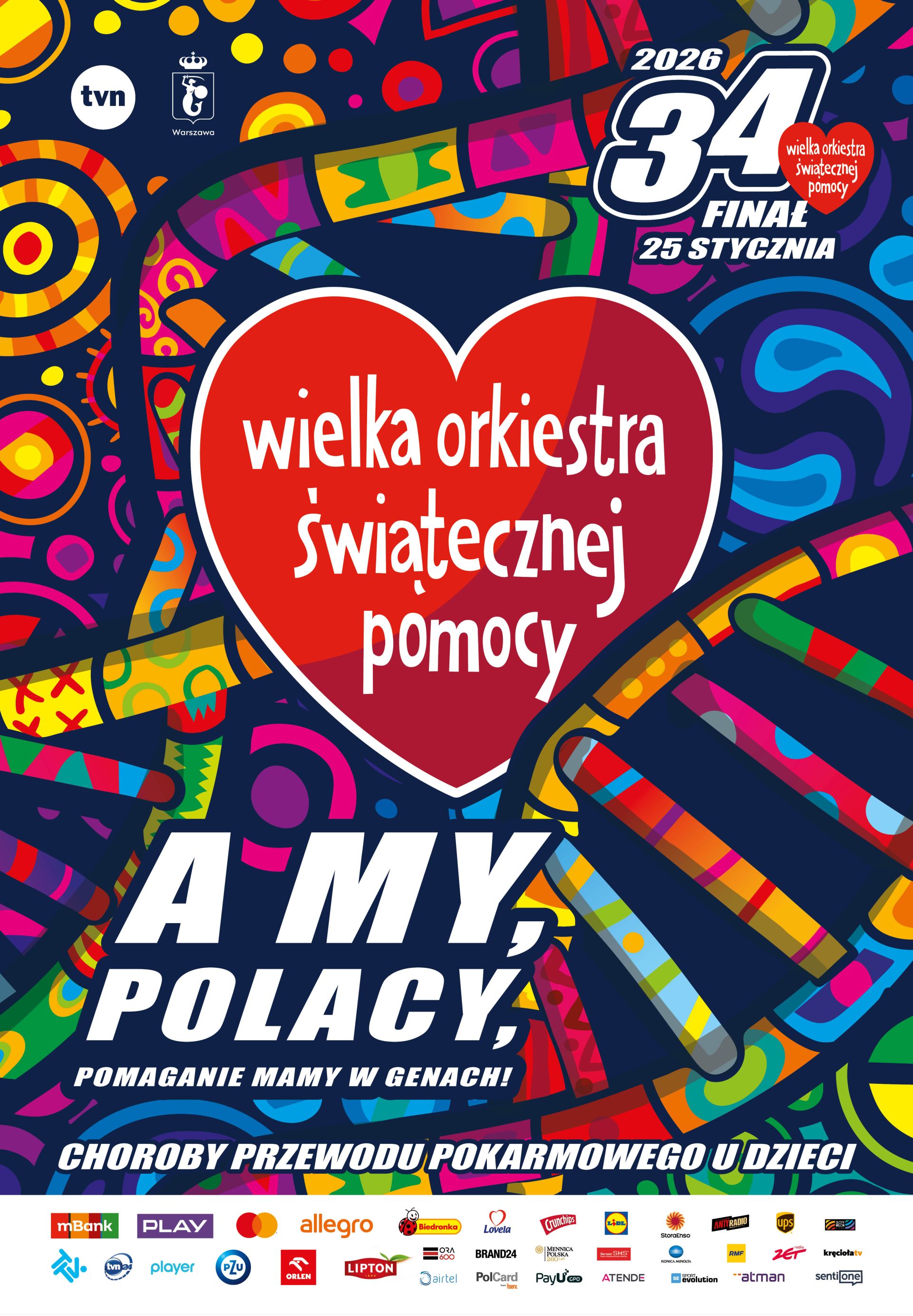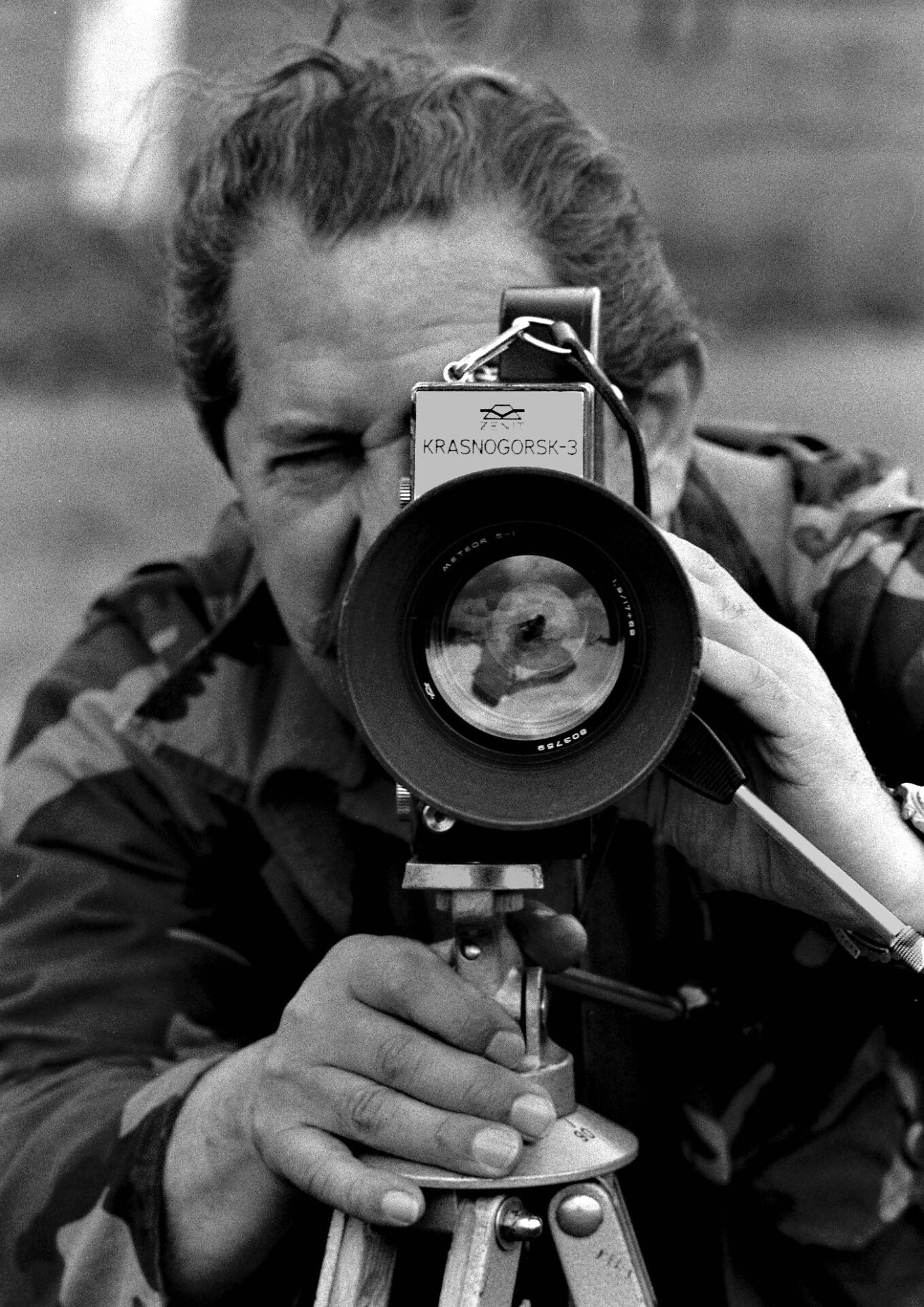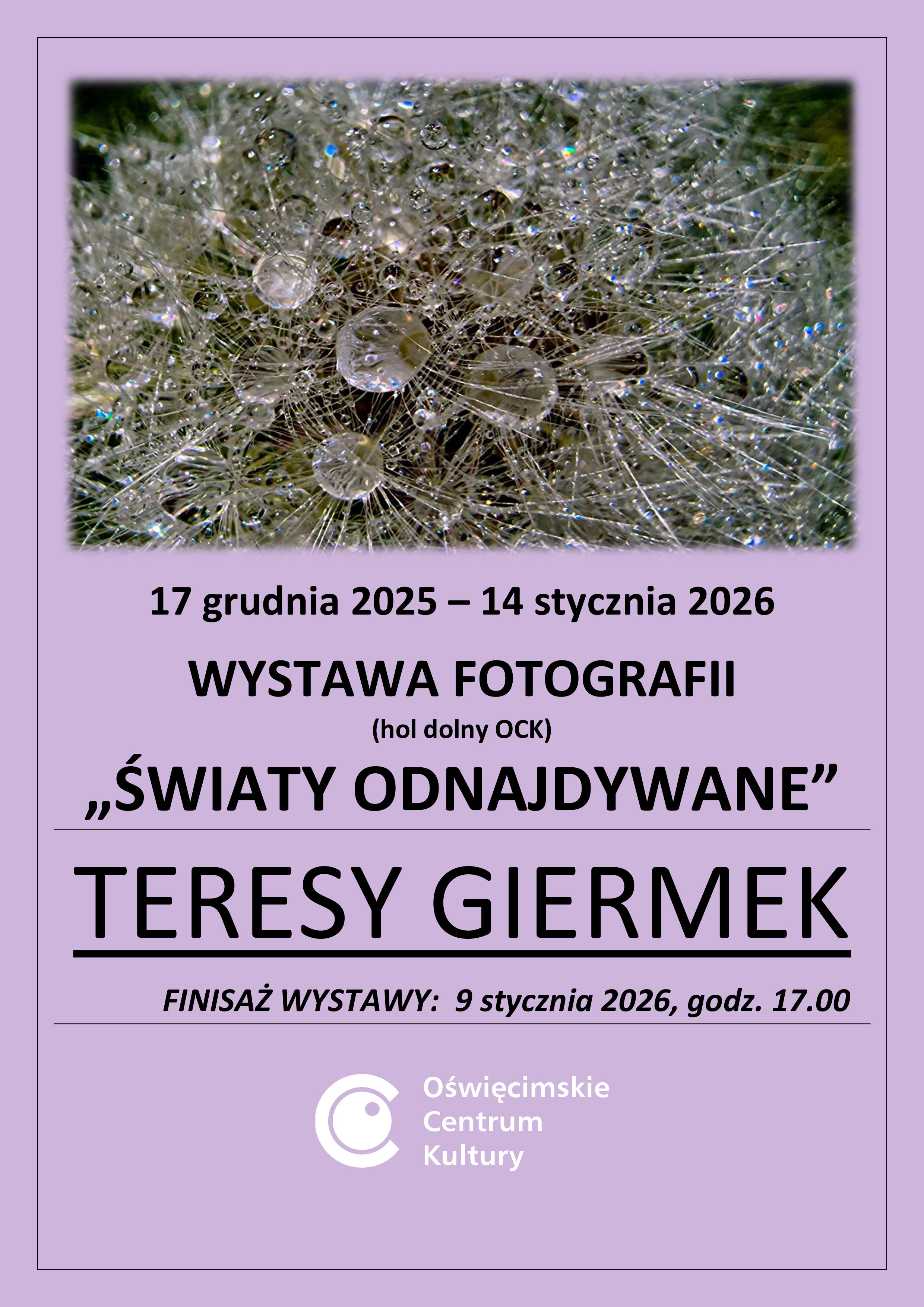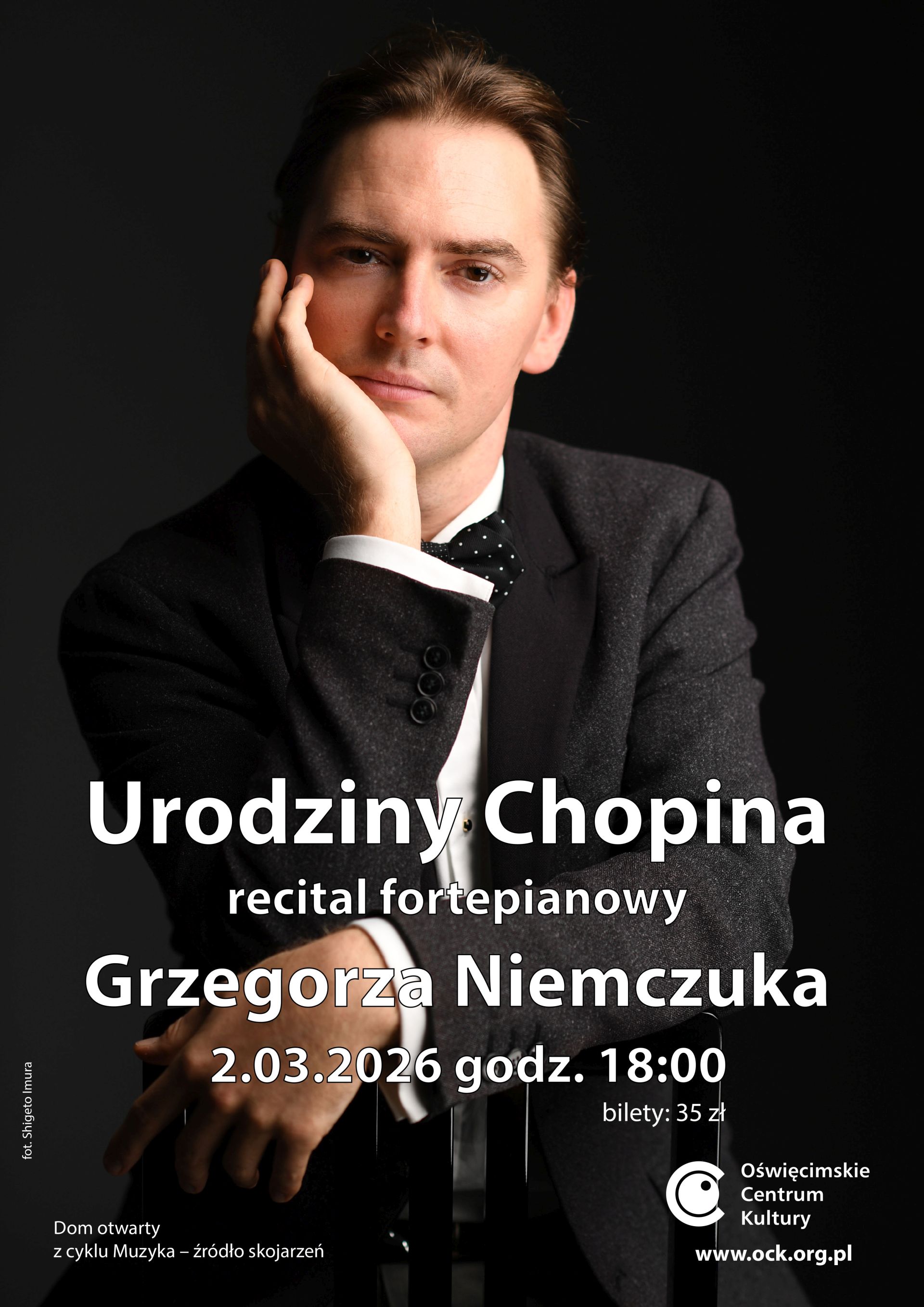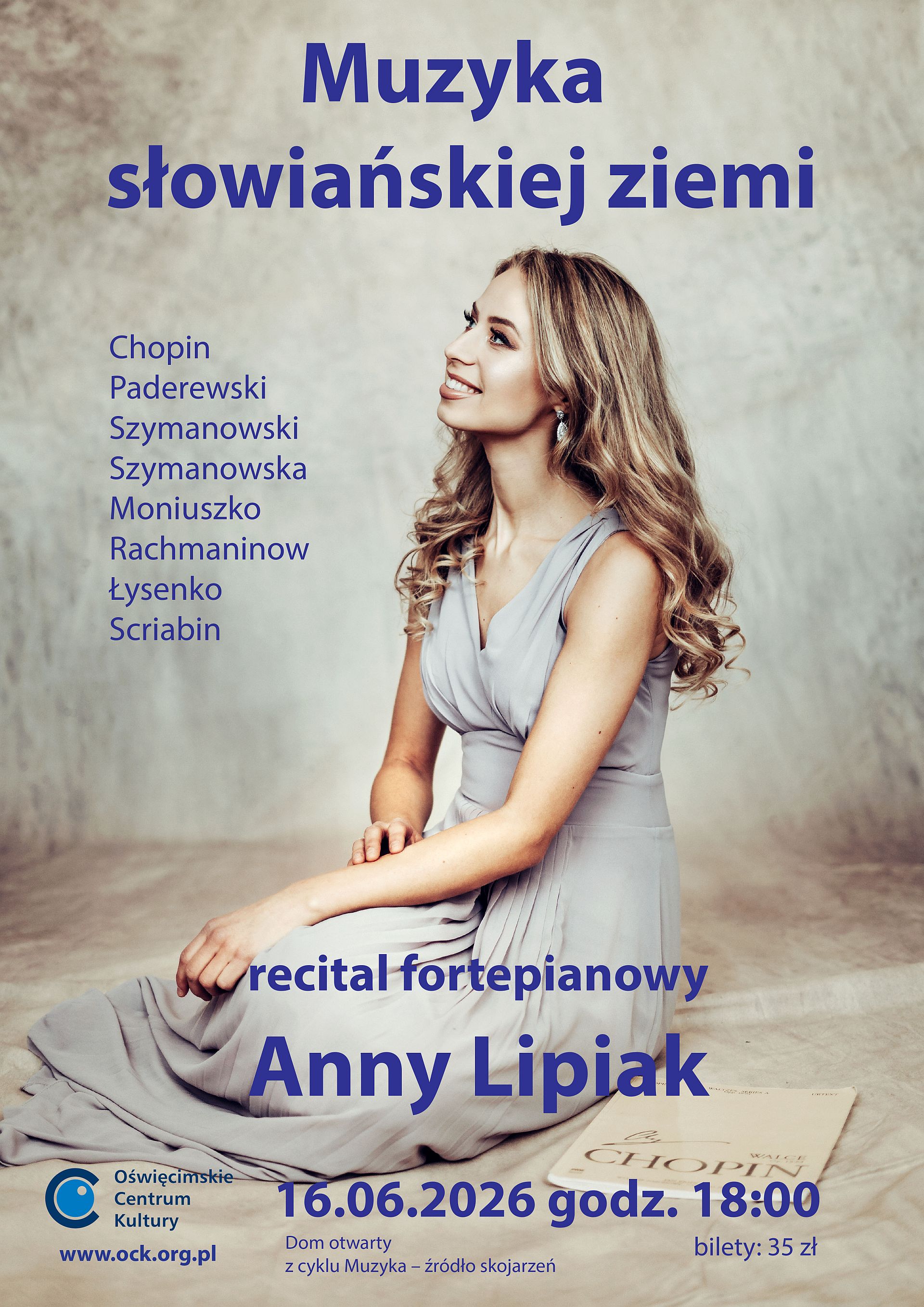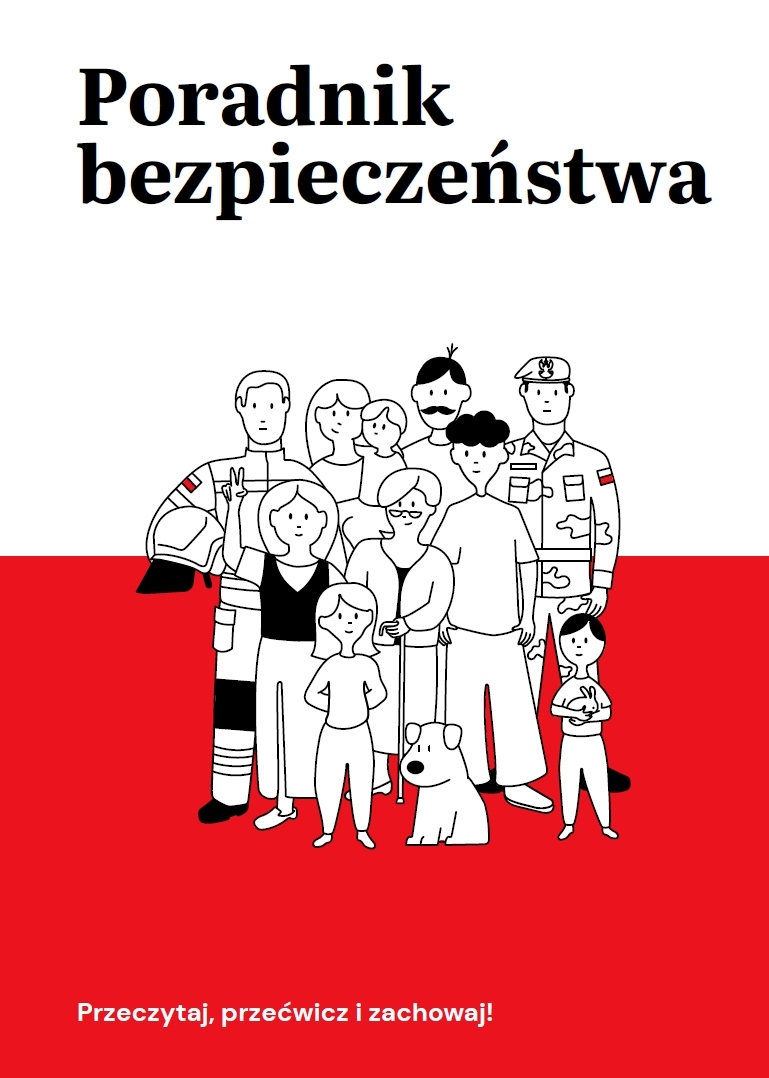The Painted Ceiling in the Theater Hall
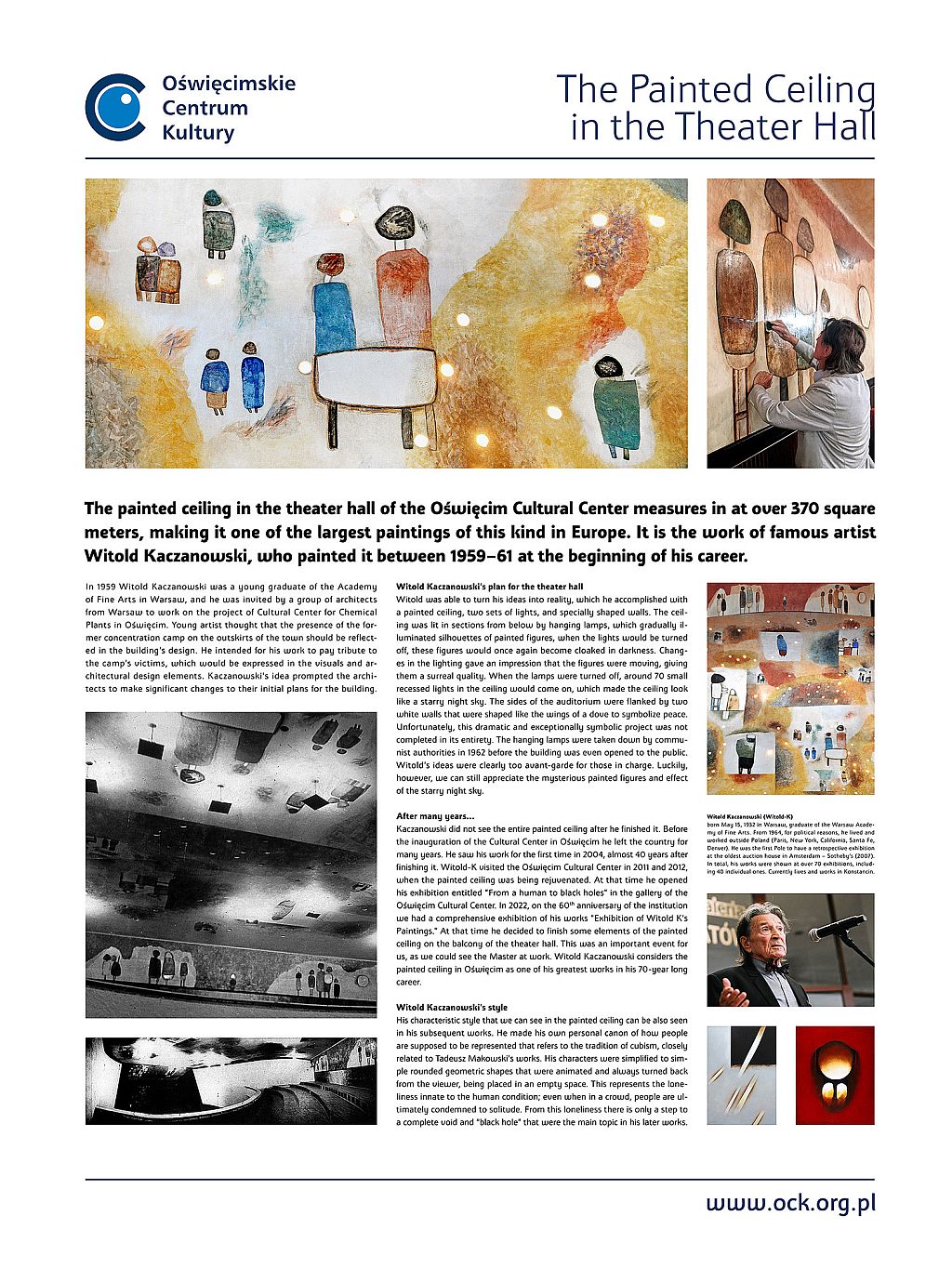
The painted ceiling in the theater hall of the Oświęcim Cultural Center measures in at over 370 square meters, making it one of the largest paintings of this kind in Europe. It is the work of famous artist Witold Kaczanowski, who painted it between 1959-61 at the beginning of his career.
In 1959 Witold Kaczanowski was a young graduate of the Academy of Fine Arts in Warsaw, and he was invited by a group of architects from Warsaw to work on the project of Cultural Center for Chemical Plants in Oświęcim. Young artist thought that the presence of the former concentration camp on the outskirts of the town should be reflected in the building’s design. He intended for his work to pay tribute to the camp’s victims, which would be expressed in the visuals and architectural design elements. Kaczanowski’s idea prompted the architects to make significant changes to their initial plans for the building.
Witold Kaczanowski’s plan for the theater hall
Witold was able to turn his ideas into reality, which he accomplished with a painted ceiling, two sets of lights, and specially shaped walls. The ceiling was lit in sections from below by hanging lamps, which gradually illuminated silhouettes of painted figures, when the lights would be turned off, these figures would once again become cloaked in darkness. Changes in the lighting gave an impression that the figures were moving, giving them a surreal quality. When the lamps were turned off, around 70 small recessed lights in the ceiling would come on, which made the ceiling look like a starry night sky. The sides of the auditorium were flanked by two white walls that were shaped like the wings of a dove to symbolize peace.
Unfortunately, this dramatic and exceptionally symbolic project was not completed in its entirety. The hanging lamps were taken down by communist authorities in 1962 before the building was even opened to the public. Witold’s ideas were clearly too avant-garde for those in charge. Luckily, however, we can still appreciate the mysterious painted figures and effect of the starry night sky.
After many years…
Kaczanowski did not see the entire painted ceiling after he finished it. Before the inauguration of the Cultural Center in Oświęcim he left the country for many years. He saw his work for the first time in 2004, almost 40 years after finishing it. Witold-K visited the Oświęcim Cultural Center in 2011 and 2012, when the painted ceiling was being rejuvenated. At that time he opened his exhibition entitled „From a human to black holes” in the gallery of the Oświęcim Cultural Center. In 2022, on the 60th anniversary of the institution we had a comprehensive exhibition of his works „Exhibition of Witold K’s Paintings”. At that time he decided to finish some elements of the painted ceiling on the balcony of the theater hall. This was an important event for us, as we could see the Master at work. Witold Kaczanowski considers the painted ceiling in Oświęcim as one of his greatest works in his 70-year long career.
Witold Kaczanowski’s style
His characteristic style that we can see in the painted ceiling can be also seen in his subsequent works. He made his own personal canon of how people are supposed to be represented that refers to the tradition of cubism, closely related to Tadeusz Makowski’s works. His characters were simplified to simple rounded geometric shapes that were animated and always turned back from the viewer, being placed in an empty space. This represents the loneliness innate to the human condition; even when in a crowd, people are ultimately condemned to solitude. From this loneliness there is only a step to a complete void and „black hole” that were the main topic in his later works.
Witold Kaczanowski (Witold-K) – May 15, 1932 – March 12, 2025 – graduate of the Warsaw Academy of Fine Arts. From 1964, for political reasons, he lived and worked outside Poland (Paris, New York, California, Santa Fe, Denver). He was the first Pole to have a retrospective exhibition at the oldest auction house in Amsterdam – Sotheby’s (2007). In total, his works were shown at over 70 exhibitions, including 40 individual ones. Currently lives and works in Konstancin.









